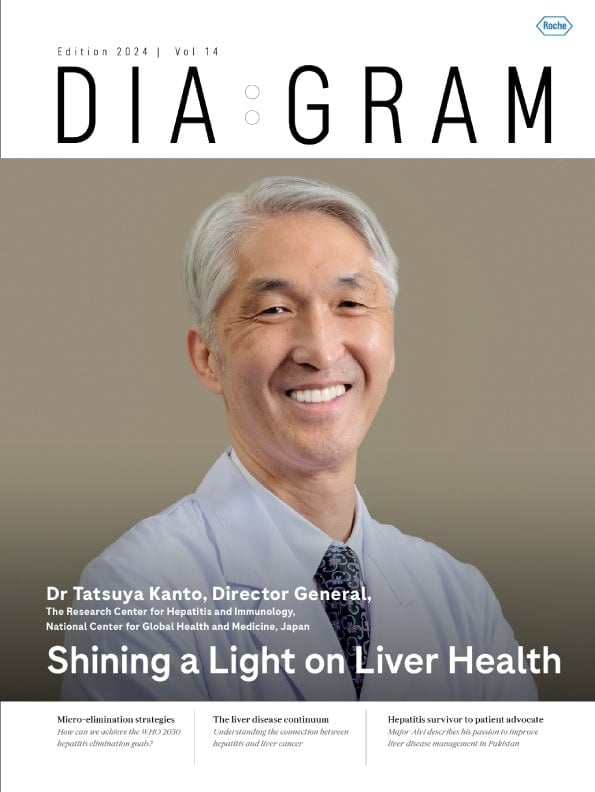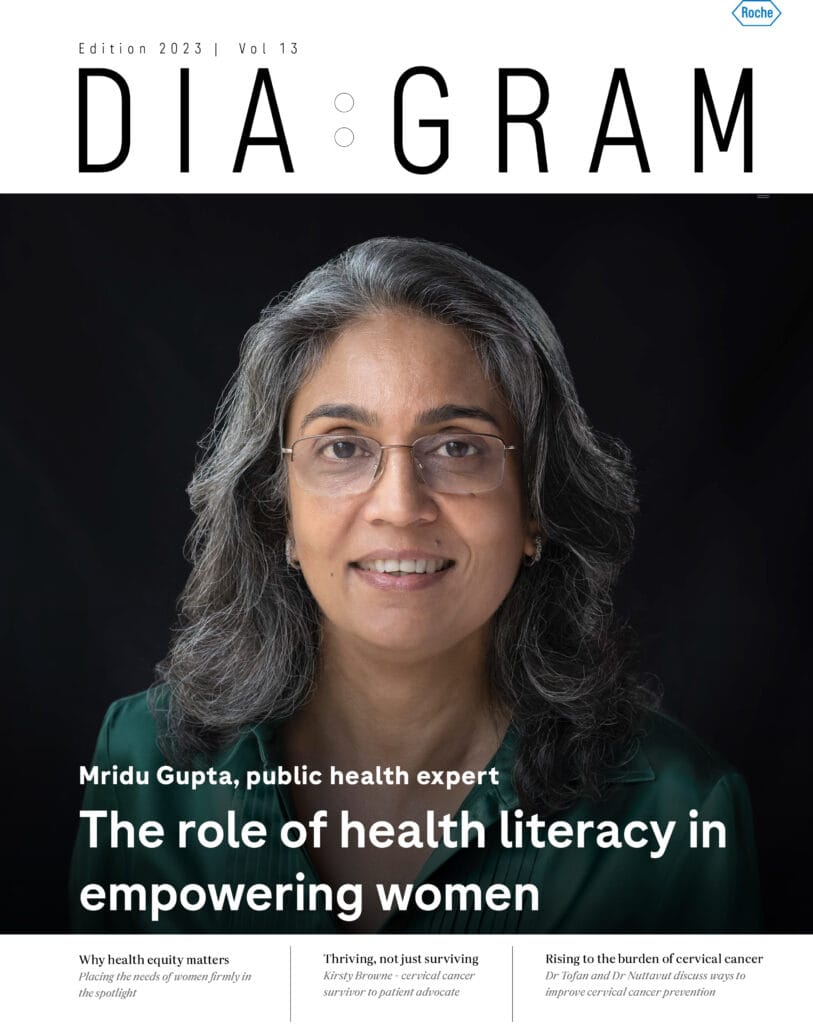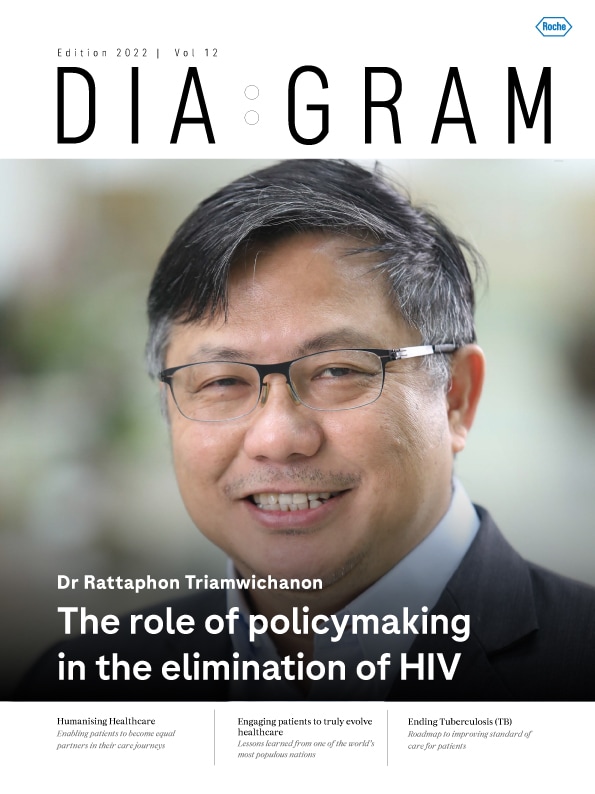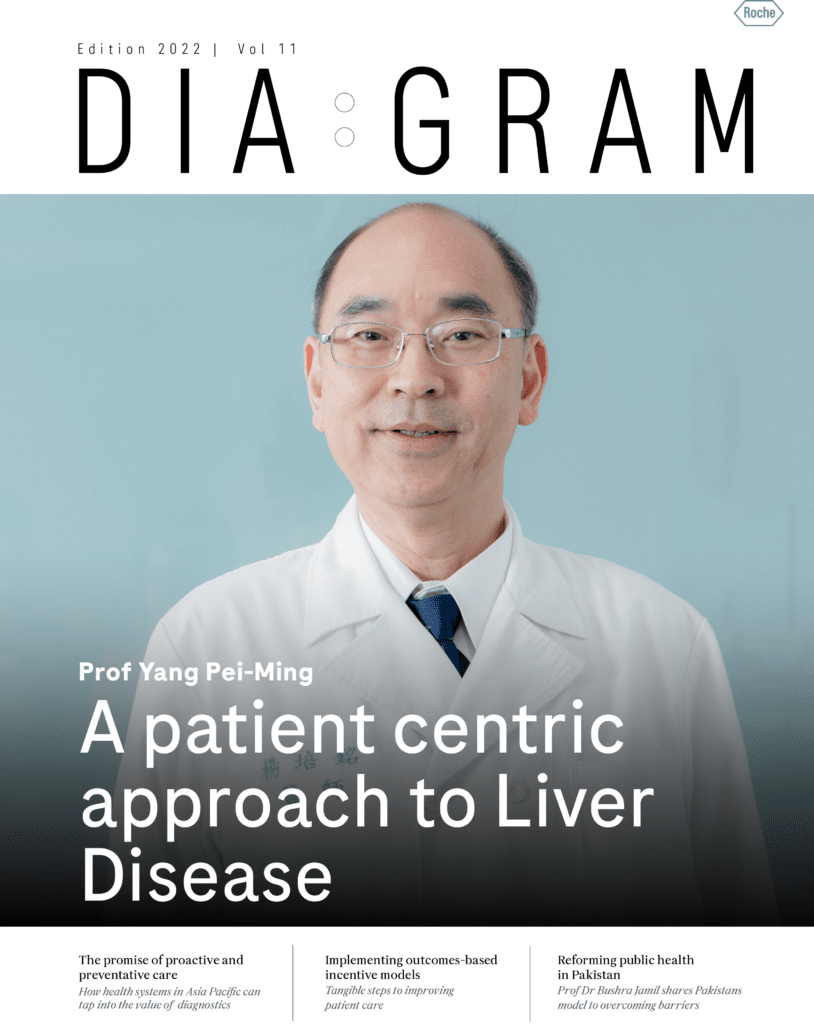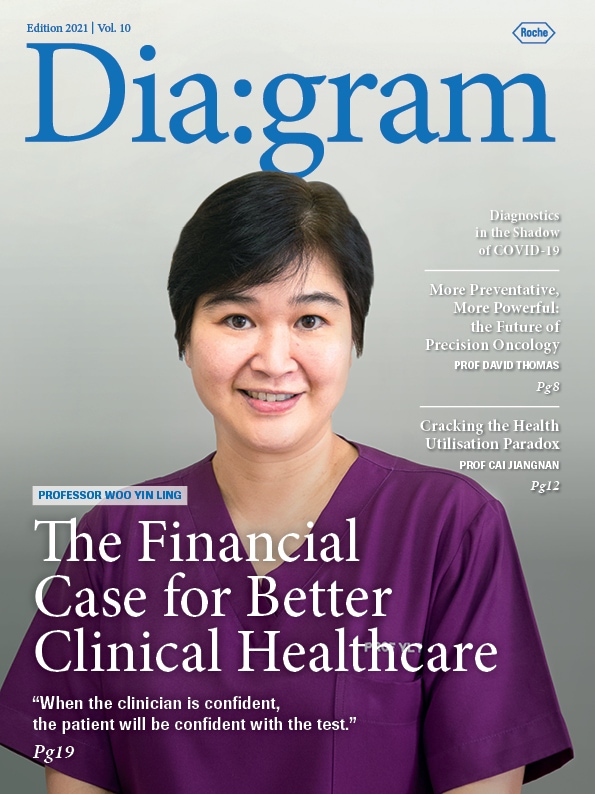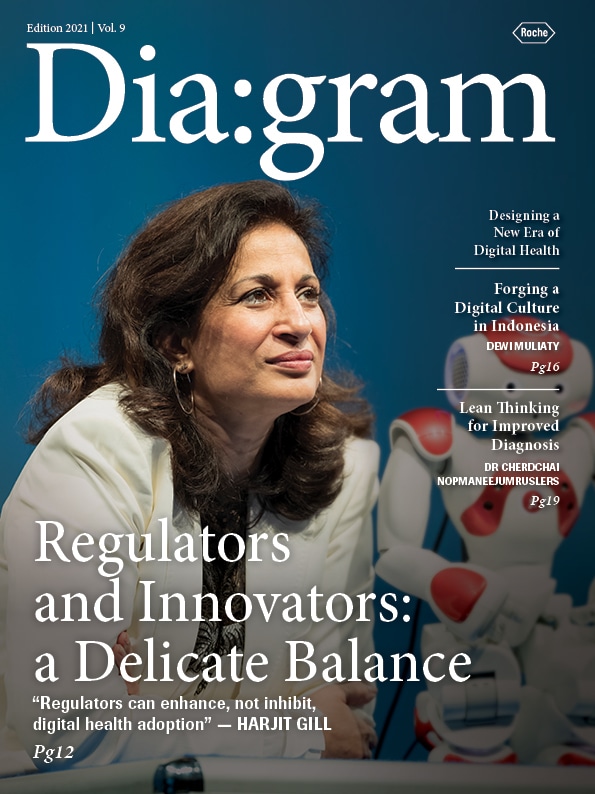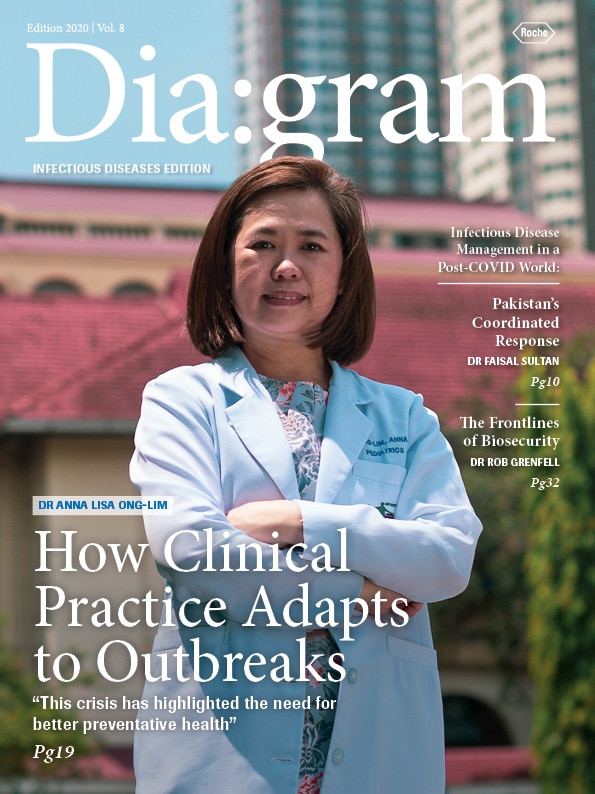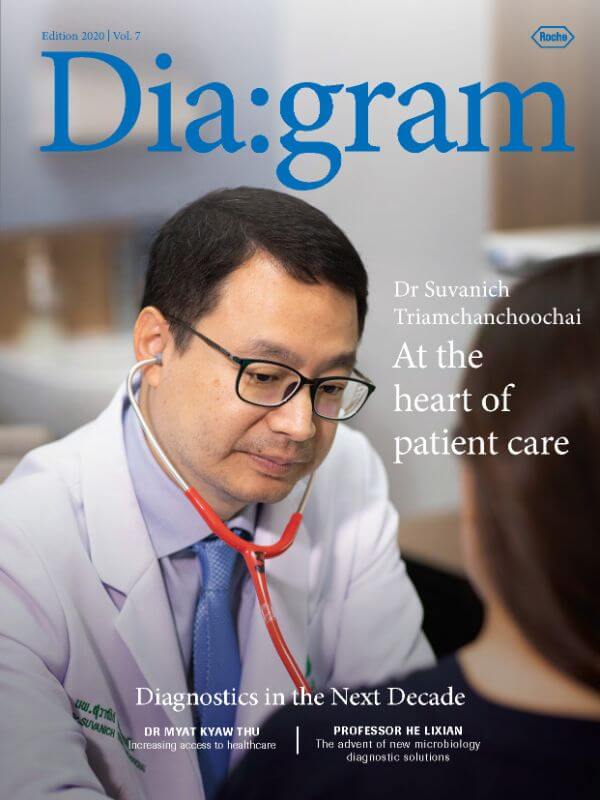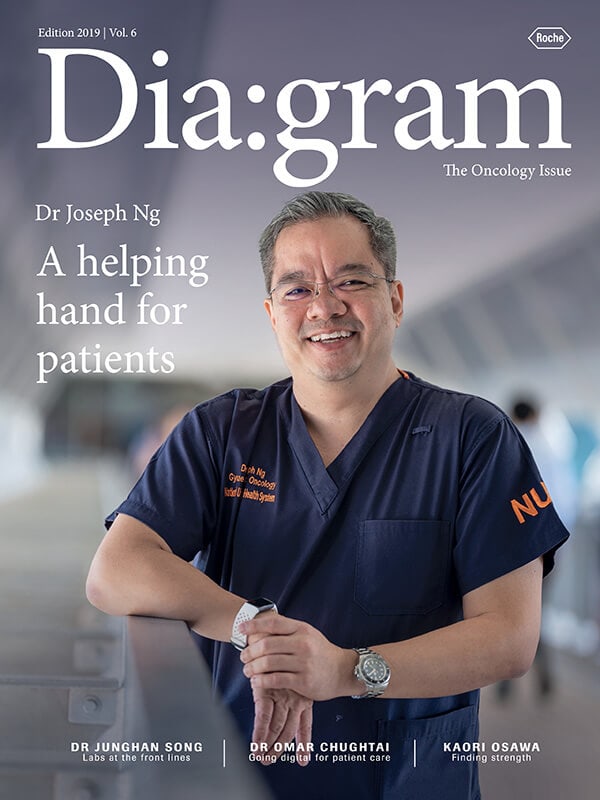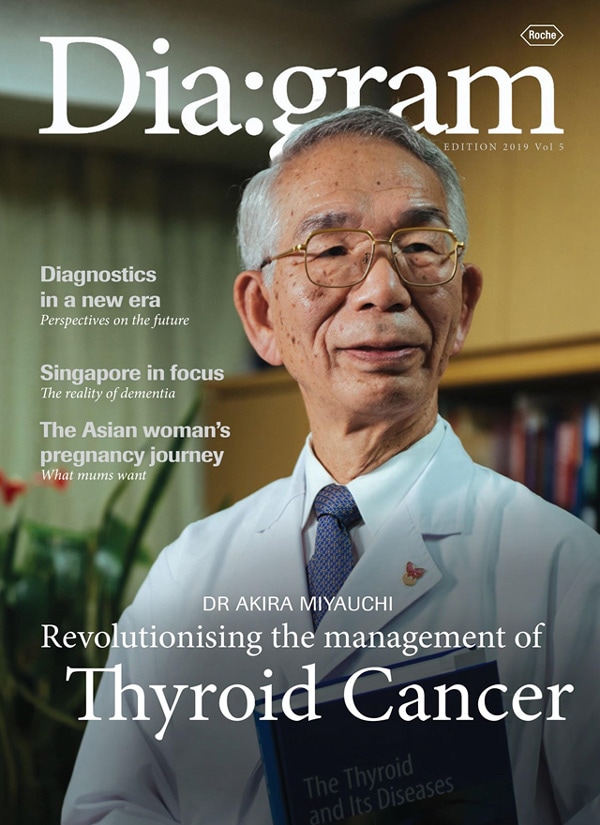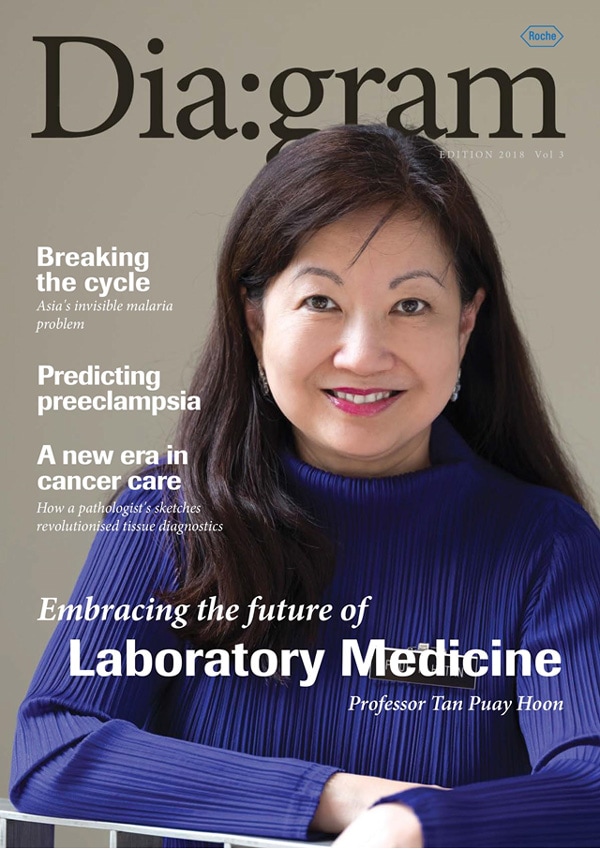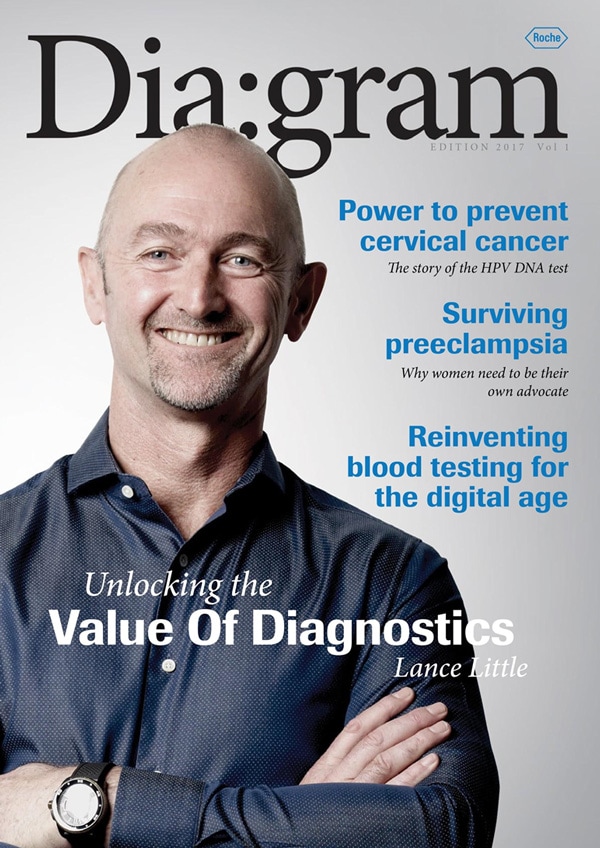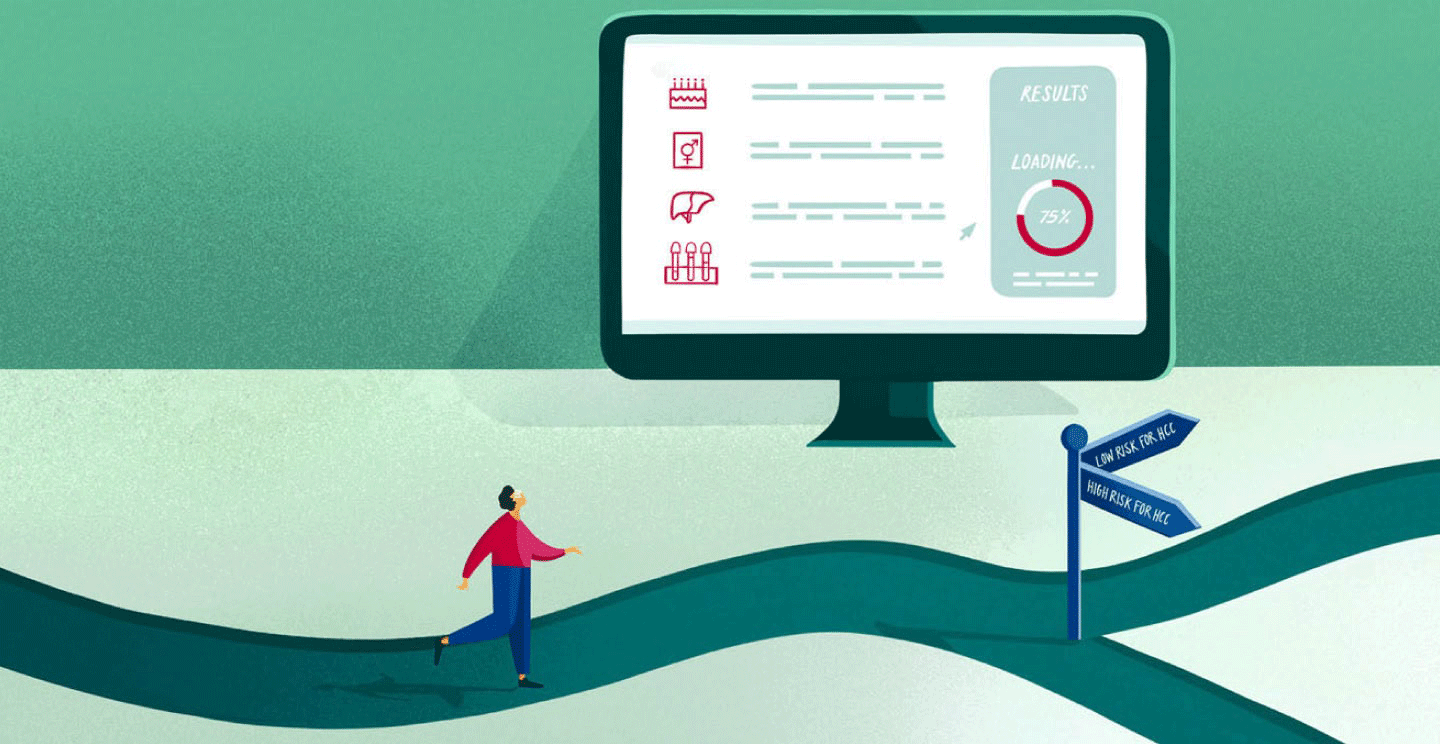
Hepatitis is a viral infection that primarily affects the liver. An estimated 354 million people worldwide live with hepatitis B or C, leading to around 1.1 million deaths per year.1 For most, testing and treatment remain beyond reach.2 Approximately 90% of people living with hepatitis B and 80% of patients with hepatitis C are unaware they are infected, which leads to further transmission rates.3
The hepatitis virus attacks the liver cells, causing inflammation and damage. Over time, if the hepatitis infection persists or becomes chronic, it can lead to a condition known as liver cirrhosis, a progressive scarring of the liver tissue, which disrupts its normal structure and function. This scarring can develop over many years and is often a result of ongoing liver inflammation and damage. Around one in five people globally live with chronic liver disease (a progressive deterioration of liver functions), and numbers are on the rise.4,5,6,7,8 In 90% of cases, chronic liver disease could be prevented, and most remain undiagnosed.3,9
Unfortunately, liver cirrhosis increases the risk of developing Hepatocellular Carcinoma (HCC), which is the most common type of liver cancer. Today, millions of people are progressing silently through the continuum of chronic liver disease to liver cancer.3 A silent killer, the symptoms of HCC often remain undetected, only to be found when it’s too late.9 If this doesn’t change, it is predicted that deaths from liver cancer will more than double by 2040, causing devastation among families and adding pressure to healthcare systems.10
The crucial role of testing algorithms in the diagnosis of HCC
Innovations in diagnostics, and integrating these into existing laboratory and clinical environments are critical to ensure the improvement in screening, detection, and medical management of hepatitis and to reduce the risk of liver cancer. Thanks to digitalisation, pioneering technologies are transforming the way HCC can be detected, enabling physicians to better predict a disease’s prognosis and be more informed about treatment options for their patients at the outset. These innovations in science and digital diagnostics may lead to a new era in screening for HCC.

Testing algorithms can help to streamline the diagnostic process, minimise unnecessary testing, and improve the accuracy of diagnosis by reducing the risk of false-positive or false-negative results. The Gender-Age-AFP-DCP (GAAD) score is an algorithm used to diagnose early-stage HCC and save lives. It intends to provide a semi-quantitative result by combining in an algorithm- the quantitative measurements of the Alpha-fetoprotein assay and the PIVKA‑II assay in human serum and plasma with gender and age. This communicates patients’ risk factors, enabling clinicians with more accurate information earlier to save more lives.
New digital approaches and technologies are connecting medical solutions, providers and patients more closely than ever. This enables better insights and wider access — fast-tracking the digital evolution of healthcare. Like many other forms of digital diagnostics, this algorithm is a beacon of hope for those suffering the effects of HCC now and into the future by improving patient outcomes and potentially easing the burden on healthcare systems.
While there is no one-size-fits-all solution, technology and advanced diagnostic tools are transforming the way liver cancer is diagnosed, improving outcomes, and quality of life for patients everywhere.
References:
- WHO, Global hepatitis report 2024, https://www.who.int/publications/i/item/9789240091672, accessed 8 May 2024.
- WHO. https://www.who.int/health-topics/hepatitis#tab=tab_1. Accessed 21Feb2024
- World Hepatitis Alliance. https://www.worldhepatitisalliance.org/what-is-viral-hepatitis. Accessed March 2024.
- Cheemerla S. and Balakrishnan M. Clin Liver Dis (Hoboken) 2021;17:365–370.
- Moon AM, et al. Clin Gastroenterol Hepatol 2020;18:2650–2666.
- Ginès P, et al. Hepatology 2022;75:219–228.
- Sepanlou SG, et al. Lancet Gastroenterol Hepatol 2020;5:245–66.
- Estes C, et al. Hepatology 2018;67:123–13
- Macpherson I, et al. Frontline Gastroenterol 2022;13:367–373.
- Sung H, et al. CA Cancer J Clin 2021;71:209–249.

